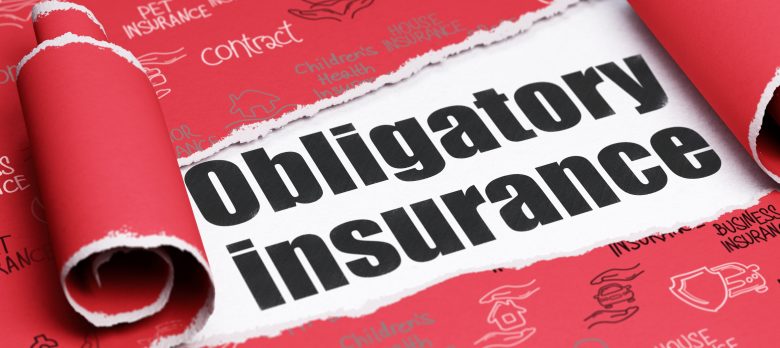The insurance sector does not oblige anyone, it only makes available to its clients a wide variety of protection options and services in case they consider it, need or need it. The focus is always on the individual, since each person has the power to decide whether or not to take out practically any insurance of the branch that is.
However, there is an exception to the rule: if a person has a private vehicle in their name, they have no choice: yes or yes they must have a product, compulsory car insurance .
The obligatory nature of their hiring is not capricious, since it mainly serves to protect the rest of drivers, pedestrians and vehicles . Not in vain the compulsory car insurance is also called civil liability insurance or third party insurance , names that already give us a clue of its usefulness. We will delve a little deeper into its coverage – and its exclusions – in order to better understand its reason for being.
Compulsory insurance coverage
Compulsory insurance, the most basic of car insurance , covers the economic cost of the damage that the insured may cause as a driver to third parties and their property in the event that it is the person who caused an accident. In this way, it makes it easier for those affected to receive their corresponding compensation ; and not only pedestrians or those traveling in another car, but the rest of the occupants of the vehicle itself. It also covers damage caused on public roads, such as a shattered traffic sign or a broken window in an establishment at street level.
In any case, the amount of compensation, even though it is very large, is not unlimited since it has economic margins. Spanish regulations establish a liability of up to 70 million euros per claim in the case of personal injuries and up to 15 million in regard to damage to property , those caused to animals or things. The liability voluntary , present in some third – party insurance, can expand the monetary limits for both types of risks and is useful when the maximum amount required by law is insufficient to repair the damage caused or legal obligations arising from it.
Insurance Exclusions: What It Doesn’t Cover
To know in which circumstances insurance covers it also helps to know in which ones it does not, the famous exclusions, which in some cases are obvious but in others they are not.
Before we mentioned that third-party insurance also includes damage to the occupants of the vehicle that causes an accident, but on the other hand, it does not take charge of those caused to their assets in the case of close relatives of the driver, relatives of up to a third degree of consanguinity.
There are several cases in which the compulsory insurance does not cover the driver – as, by the way, neither would a fully comprehensive one: in case the driver has caused an accident while intoxicated or under the influence of any drug, if he has made illegal modifications to the vehicle or if you have made any major changes that have not been reported. In these cases, the insurance company will be responsible in the first place for the compensation to the injured parties, but later the cost will be passed on to the insured person covered by the so-called right of repetition . This prevents them from paying just for sinners while maintaining compensation to the injured party.
Finally, let’s imagine that we have a claim involving a vehicle that is circulating without insurance. In this case, since there is no insurance company to cover the damages caused, the Insurance Compensation Consortium would intervene , which would take charge of compensating you, and then would be in charge of demanding the money paid from the driver.

